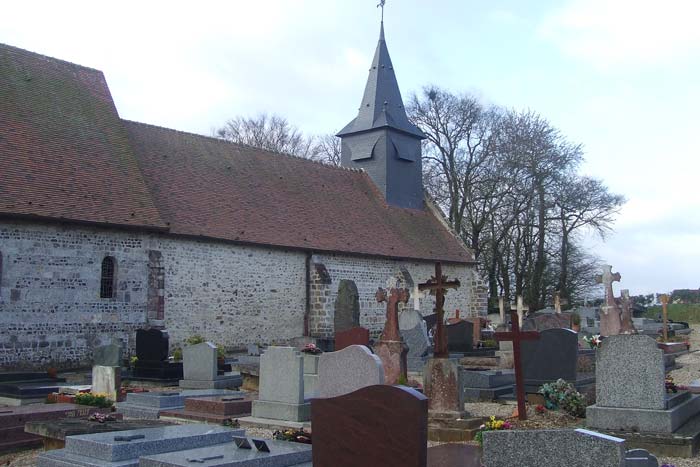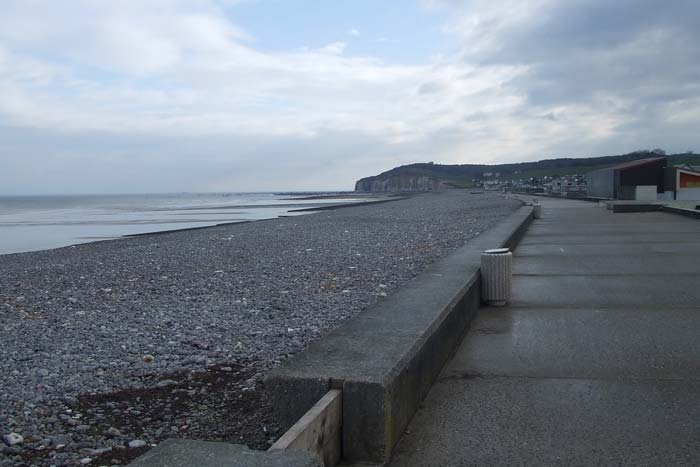The Airmen's Stories - F/O G R Branch
Guy Rawstron Branch was born on 27th October 1913, the son of Charles Churchill Branch and Mary Madelaine Bernadette Branch (nee Rawstron).
His father was a barrister and Alpine mountaineer.
Educated at Eton, like his father, GR Branch then went up to Balliol College, Oxford. He joined 601 Squadron, AAF in late 1936 and was commissioned in May 1937.
On 11th February 1937 he was on an instructional cross-country flight in a Demon with F/O Aidan Crawley. After refuelling at RAF Netheravon they took off in poor weather, just missed the hangars and crashed in flames on the road nearby. Branch extricated himself from the wreckage but, finding Crawley still trapped, went back into the flames and pulled him out.
For this act he was awarded the Empire Gallantry Medal (gazetted 25th March 1938) (below).


On 25th March 1939 he married Lady Prudence Mary Pelham, daughter of the sixth Earl of Chichester (see below).
On 23rd September 1939 his sister Bridget married F/O TE Hubbard, also of 601 Squadron, at Boxgrove Priory, Sussex.
After the German attack opened on 10th May, Branch was sent as a member of 'A' Flight to operate from Merville in France but they did not arrive till the 17th.
Late on this day AA fire seperated him from the rest of the patrol and he became lost, eventually setting his Hurricane N2435 down, out of fuel, near Aire, SE of St. Omer.
On 20th May he was shot down by return fire from a Do17. He baled out from Hurricane P2699 and came down at Izel-les-Equerchin, west of Douai.
Records show that a Do17P of 3.(F)/10 was lost in this area, the crew baling out and it may have been the one that Branch attacked.
That evening the remainder of 601 were withdrawn, only leaving as German patrols crossed the airfield perimeter. How Branch returned to the UK is currently undocumented.
He was posted to 145 Squadron, also based at Tangmere, on 1st June.

On 15th July 1940 Branch shared in the probable destruction of a Do17 and on 8th August he claimed the destruction of two Ju87s.
He failed to return from a combat south of Swanage on 11th August. His Hurricane, P2951, crashed into the sea. Branch's body was not washed ashore until 15th September 1940, at Quiberville, west of Dieppe on the French coast.
He was 26 and is buried in Quiberville churchyard, France.




That part of the inscription in Ancient Greek consists of two extracts from Homer's Odyssey:
Odyssey 3. 108 -
'In a word, there all our best were slain'
and
Odyssey 14.137-138 -
'Thus has he perished yonder, and to his friends grief is appointed for the future, to all, but most of all to me'.
Translation courtesy of Charlie Paterson, Master of Classics at Eton College via Sarah Warren.


***************


Above: Branch is also commemorated at Eton College.
********************
Prudence Pelham was born on 6th April 1910, the daughter of the 6th Earl of Chichester. He died in November 1926 from pneumonia and his son Francis, now the 7th Earl, died eight days later from the same illness aged 21.


Above: 25th March 1939, the wedding of Branch and Lady Prudence Mary Pelham.
Below: wedding guests - his sister Bridget with her fiance F/O TE Hubbard, also of 601 Squadron.

The double death duties meant the family had to give up their home, Stanmer Park near Brighton.
Her other brother, John, became the 8th Earl and went on to serve in the Scots Guards in WW2 before being killed in a road accident on 21st February 1944.
John had become friendly with Guy Branch at Eton and Prudence would have known him since her schooldays. From an early age she suffered from disseminated sclerosis (now called multiple sclerosis) and this worsened as she grew older, leading to her death on 13th October 1952 aged 47.
In 1929-30 she studied stonecutting under the controversial sculptor Eric Gill.
All through the war she hoped that Guy would have survived as a prisoner (see letter below). When he failed to show up when the war ended she insisted on travelling to France to find his grave and carve an inscription on his headstone.

She was accompanied by a prewar friend, the noted yachtsman Michael Richey. He recorded that he accompanied her to Dieppe and then along the coast, where she 'located Guy's grave in a German cemetery, the tombstone erected to Brauch but which she could identify by his service number'. She made an inscription 'Ad Lucem' ('to the light').
This seems reliable but is odd in that war graves at that time were likely to have a temporary wooden marker. How Branch was reburied at Quiberville and who commissioned the headstone is currently unknown.
Prudence subsequently lived with the artist Robert Buhler (1916-1989) and is buried at her old home in Stanmer Park under his name. However they never married, she could not manage without her widow's war pension and changed her name by deed poll.


***************
The letter above from Prudence to the Air Ministry shows that in September 1940 she was living at Bury Manor in the village of Bury, south of Pulborough in Sussex.
Guy's father Charles had died in 1931. He was twenty years older than Guy's mother.
The owner of the Manor, Robert Matthias, was born in 1873 and by 1931 had a wife
and family. However the 1939 Census records him as 'Widowed'.
In October 1942 at Midhurst Robert Matthias married Madelaine Bernadette Branch, the widowed mother of Guy.
Although this was two years after Guy's loss it is feasible that she was a visitor to Bury
earlier and perhaps even resident as a house guest or some other arrangement. And it also
follows that she would have invited her daughter-in-law to stay with her to share Guy's
loss.
The manor is adjacent to the church of St. John the Evangelist and she must have been instrumental in later having Guy's name added to the external and internal war memorials.




|